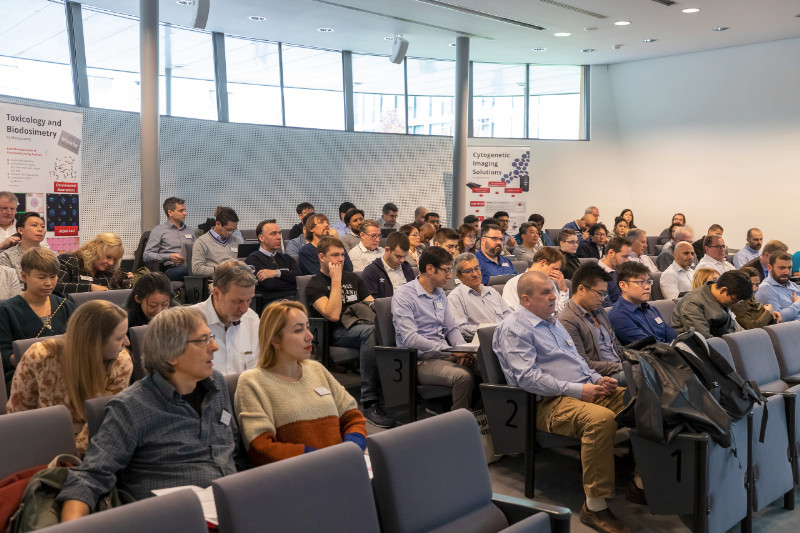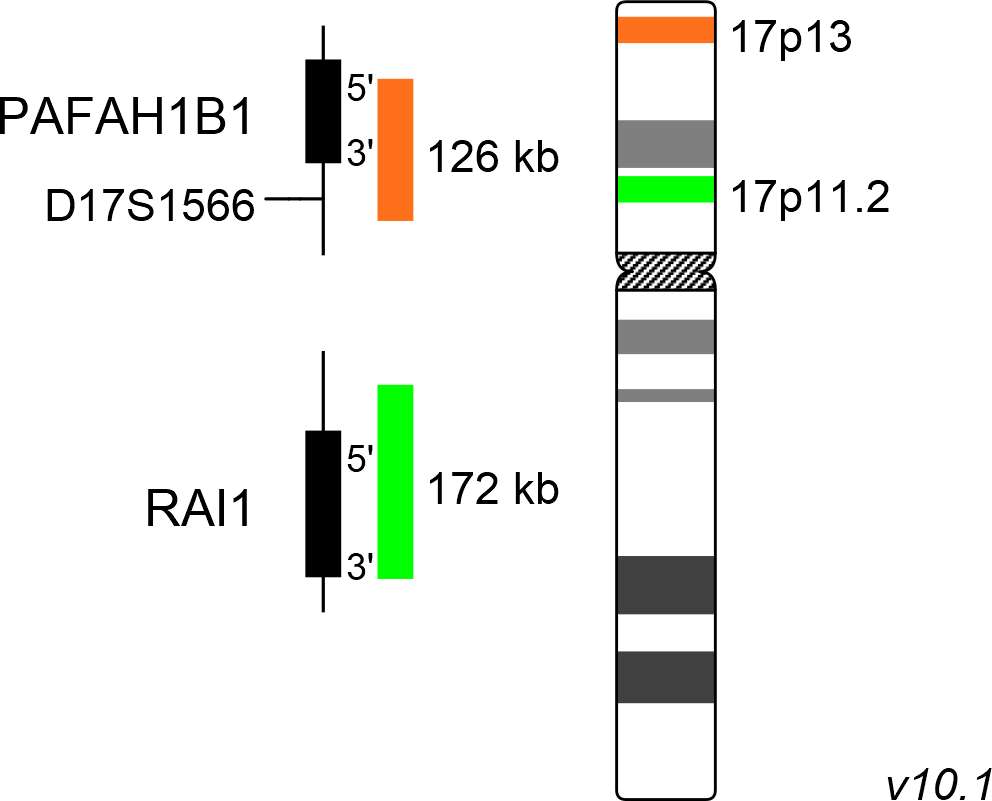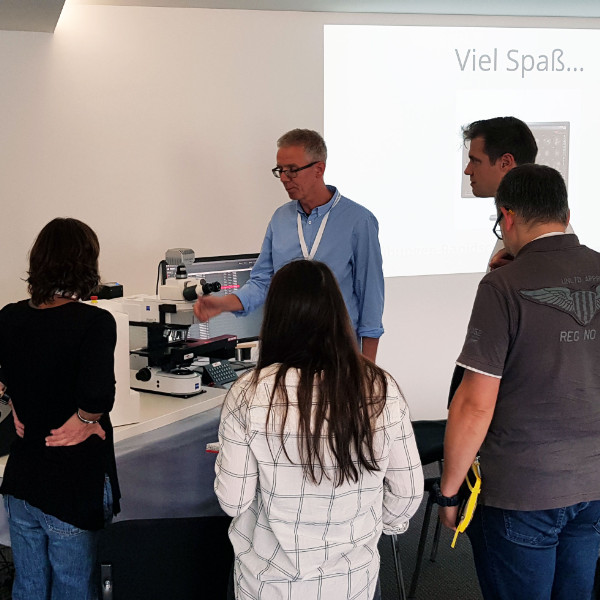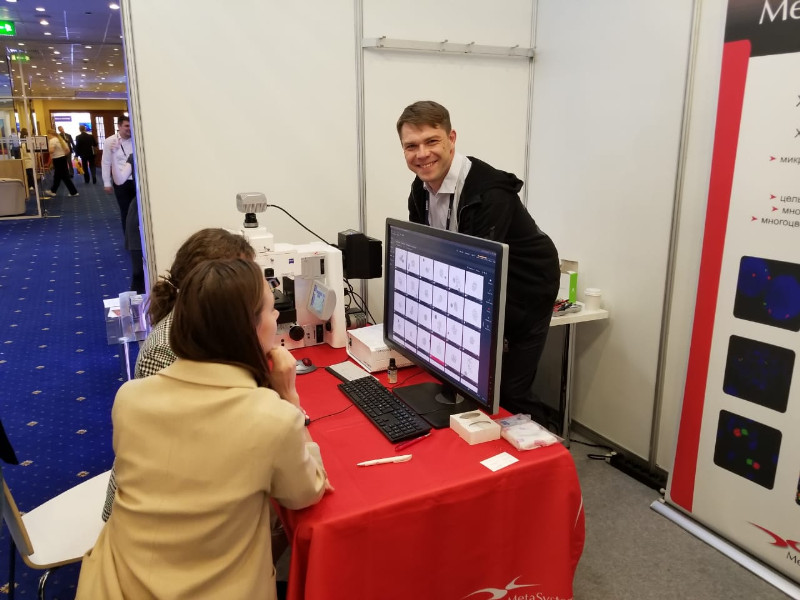About 100 guests from 36 countries met on the XVIII. MetaSystems Distributor Meeting (DM) in November to exchange experiences and to get to know new trends and developments at MetaSystems.

Our internet site may contain information that is not approved in all countries or regions. To ensure accuracy of content, please select your country/region of residence. Choose International if your country is not listed.
This information will be saved using cookies. To find out more about cookies, read our Privacy Policy.
Please select your country of residence. Choose International if your country is not listed.
Our internet site may contain information that is not approved in all countries or regions. To ensure accuracy of content, it is required that you select the site which is appropriate for your country of residence.
MetaSystems Probes has already certified a large part of its portfolio, according to IVDR. For organizational reasons, we currently provide only the IVDD product.
Discover all IVDR-certified products
XL Smith-Magenis/Miller-Dieker consists of a green-labeled probe hybridizing to the RAI1 gene region at 17p11.2 and an orange-labeled probe hybridizing to the PAFAH1B1 gene region at 17p13.
Probe maps are created in accordance with the intended purpose of the product. Solid colored bars do not necessarily indicate that the probe fully covers the indicated genomic region. Therefore, caution is advised when interpreting results generated through off-label use. Probe map details based on UCSC Genome Browser GRCh37/hg19. Map components not to scale. Further information is available on request.
First described in 1982 by Ann C. M. Smith and her colleagues, Smith-Magenis syndrome (SMS) has an estimated prevalence of 1:25.000 newborns. While interstitial deletions in the segment 17p11.2 are the genetic basis of Smith-Magenis syndrome (SMS), deletions of the more distal part 17p13.3 lead to Miller-Dieker syndrome (MDS). SMS is characterized by relatively mild craniofacial and skeletal abnormalities, delay in psycho-motoric development, and specific behavioural disorders. In addition to neuro-behavioural problems, often including self-injurious pattern, SMS patients suffer from a disturbed sleep cycle, as the day and night melatonin secretion cycle is reversed.
MDS patients show a neuro-developmental and structural disorder of the brain, called lissencephaly. The typical walnut structure of the brain containing fissures and gyri is hardly recognizable. Craniofacial dysmorphism, decreased head circumference, delay in psychomotor development and seizures are further symptoms of this syndrome. The SMS inducing deletions of 17p11.2 have no preferential breakpoints, but most patients analyzed show deletions smaller than 4Mb. The key gene responsible for the manifestation of the clinical symptoms of SMS is RAI1 (retinoic acid induced 1), coding for a transcription factor. One of the crucial genes involved in the development of Miller-Dieker lissencephaly and craniofacial dysmorphism is the PAFAH1B1 gene encoding the regulatory subunit of the platelet activating factor acetylhydrolase 1b.

Normal Signal Pattern:
Two green (2G) and two orange (2O) signals.

Aberrant Signal Pattern:
Two green (2G) and one orange (1O) signal resulting from loss of one orange signal.

Aberrant Signal Pattern:
One green (1G) and two orange (2O) signal resulting from loss of one green signal.
Certificate of Analysis (CoA)
or go to CoA DatabaseNeon, the outstanding MetaSystems case and image management system, offers many tools and helpful gadgets to streamline routine workflows, for example in cytogenetics labs. The second MetaSystems User Day, addressed to MetaSystems clients from Germany, Austria, and Switzerland, provided in different workshops knowledge helping to unleash the full power of the system.

The Congress 'Genetics of XXI Century' in Moscow, Russia (May 2019) has been one of the most important events for the professional international community of geneticists. Our partner company in Russia OOO MetaSystems considered it a good occasion to present the new camera CoolCube 4 connected to a state-of-the-art Neon system to the public.
